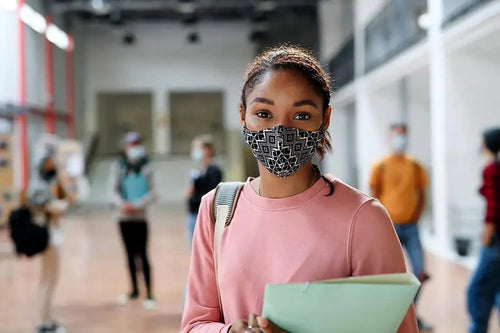Teaching Black History In The Classroom

First, it is important to drill in that Black history is American history and it should be taught throughout the entire year; not just the month of February. Many teachers teach about famous people such as Martin Luther King Jr. or Harriet Tubman. While these people are important and should be honored, it’s important to cover deeper topics such as Malcolm X, the acts of terrorism committed against Black people in Rosewood, Tulsa, and Wilmington; the FBI’s campaign against civil rights leaders, the Rainbow Coalition, or Fred Hamptons assassination. It’s important to not ignore lessons that explore the effects of racism in the Black experience or to tone down or sugar coat Black history and its painful truths.
No matter what class you teach, there are ways to incorporate Black history into your daily classroom lessons.
Infusing Black History into Each Subject
English: Provide students with black literature and teach students about the Africanisms in American English when teaching grammar.
Mathematics and Science: Educate students on famous black scientists and mathematicians throughout your lessons. Some mathematicians include: Benjamin Benneker, Mary Jackson, Katherine Johnson, and Dorothy Vaunghan. These women are more widely known now since the movie Hidden Figures came out. In agricultural science show how African Americans showed understanding in agricultural science to use soil in both West Africa and South Carolina to grow rice. You can also study the mathematical patterns of African art in geometry.
History/Social Studies: Incorporate primary and secondary source documents by or about Black people into your lessons. Create an assignment for students to go out and learn something new about Black history and share that with the class. Teach students about important black figures – especially local ones!
The Do’s and Don’ts of Teaching Black History Month
Do…
- Incorporate black history year-round, not just February.
- Educate yourself. The more you know, the more you can provide an in-depth conversation and understanding to your students.
- Drill in that Black history is American history. This will make black history more relevant to students and to yourselves.
- Make historical connections to issues being faced today.
Don’t…
- Stop your “regular” curriculum. You don’t want to stop your curriculum to do a separate lesson on something like the Civil Rights Act or Harriet Tubman. This degrades the importance of the topics you’re trying to cover by making them seem less important than your regular curriculum. Try to incorporate the topic into your curriculum.
- Focus on superficial cultural traits based on stereotypes. It’s great to celebrate black music but teachers should understand the political and social contexts that gave rise to music like hip hop.
- Sugar Coat Black history. Don’t make it seem like a thing of the past. This gives students the inability to pinpoint how racism is shown today.
- Shy away from controversial or unresolves problems. There are ways to share real-life experiences about racial realities in an appropriate way. You don’t want to invalidate someone’s experience by pretending they don’t exist.
- Think that you can’t talk about black history because you’re a white teacher. You don’t need to be a black teacher to talk about black history. You do however need continuously educate yourself about the topic and be in alliance with educators of color to receive support and feedback.
Check out Learning for Justice to get extra tips and advice on teaching Black history.
Related CE Credits Online Professional Development Courses:
Creating Compassionate Classrooms: Overcoming Adverse Childhood Experiences (ACES)
Identifying and Removing Obstacles for Black Students with Special Needs